The hidden risk in seismic design
To absorb and dissipate the forces of an earthquake, buildings incorporate specific design features like:
- Seismic joints: Gaps between structural segments that allow independent movement.
- Movement joints: Flexible connectors that accommodate thermal expansion, contraction, and vibration.
- Base isolators: Devices that separate the structure from ground motion, significantly reducing seismic impact.
These features improve structural performance during seismic events. However, they also create open pathways that can allow smoke and flame to spread rapidly unless properly protected. Any breach in a fire compartment, no matter how small, compromises the overall fire strategy of the building.
Why traditional fireproofing isn’t enough
The primary challenge is movement. Fire barriers installed in seismic or movement joints must remain intact and functional even as the joint expands, contracts, or shifts during an event. Rigid, conventional fireproofing systems often can’t keep up; they crack, separate, or fail entirely when subjected to dynamic forces.
The solution lies in flexible, fire-rated systems that are tested for both thermal performance and movement. These systems must:
- Accommodate various joint widths and directions of movement.
- Maintain fire integrity under displacement scenarios.
- Be lightweight and easy to install without disrupting other construction processes.
Fire-rated applications in seismic architecture
Fire-resistant solutions for seismic environments can be tailored to a wide range of structural features:
1. Seismic joints (vertical and horizontal)
In earthquake-prone regions, seismic joints are designed to move in multiple directions. Specifying systems that are designed and tested specifically for these joints, to allow both lateral and vertical displacement, is crucial. The TBA fire-resistant system is tested to allow this displacement while maintaining up to 120 minutes of fire resistance.
2. Movement joints
Movement joints deal with daily and seasonal structural shifts. Flexible fire barriers ensure that movement doesn’t translate into fire vulnerability, preserving the integrity of compartmentation over time.
3. Base isolators
Base isolation systems are becoming more common in high-performance and critical infrastructure buildings. However, they create large, mobile gaps in the foundation area. Fire-resistant wraps or enclosures can be designed to maintain fire protection without hindering the isolator's function.
Engineering safety without compromise
Passive fire protection must evolve to adapt to the challenges posed by seismic design. The goal is not just to contain fire, but to do so in environments where movement is engineered and expected.
Flexible, fire-rated systems are key to providing passive fire protection in buildings where performance isn’t static, and protection moves with the structure. By sealing dynamic joints and isolators without restricting their intended motion, these systems provide vital peace of mind in the face of both natural disasters and fire emergencies.






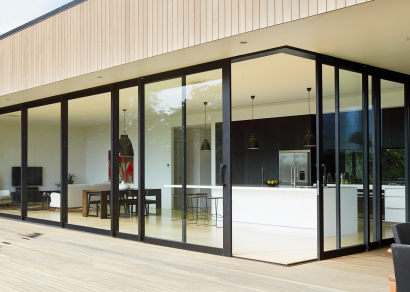
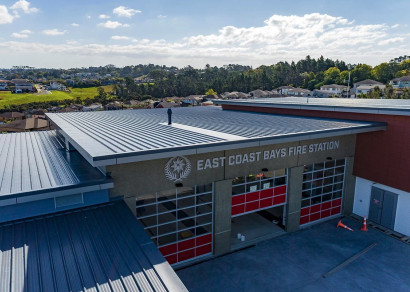
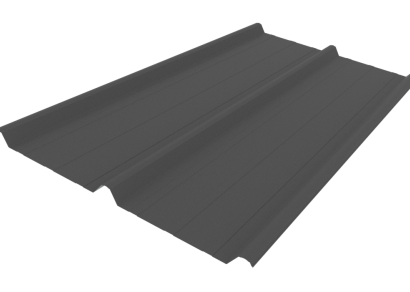
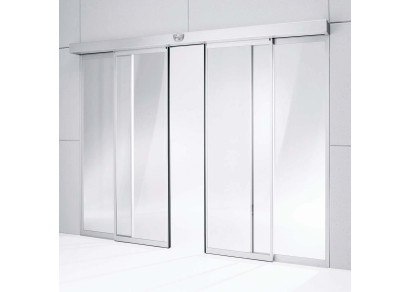

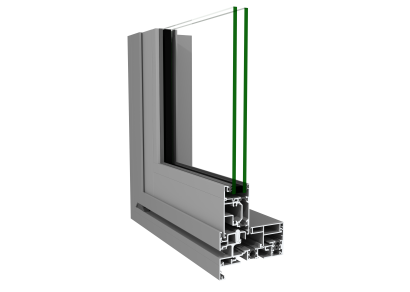

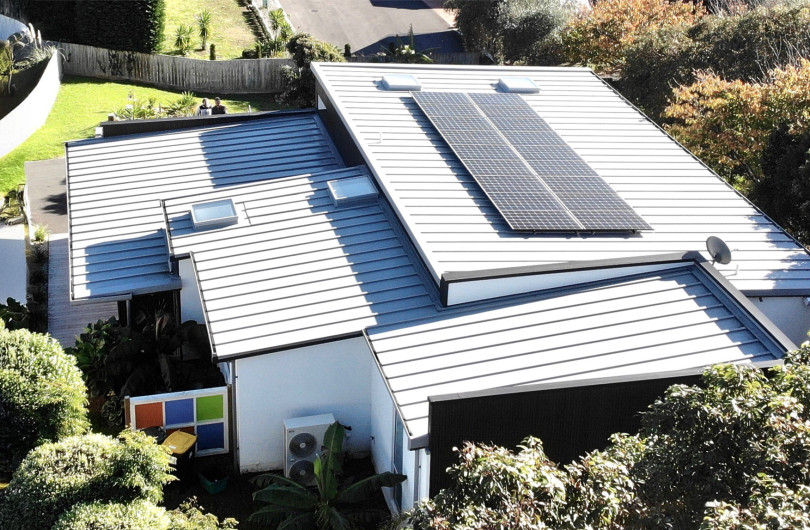
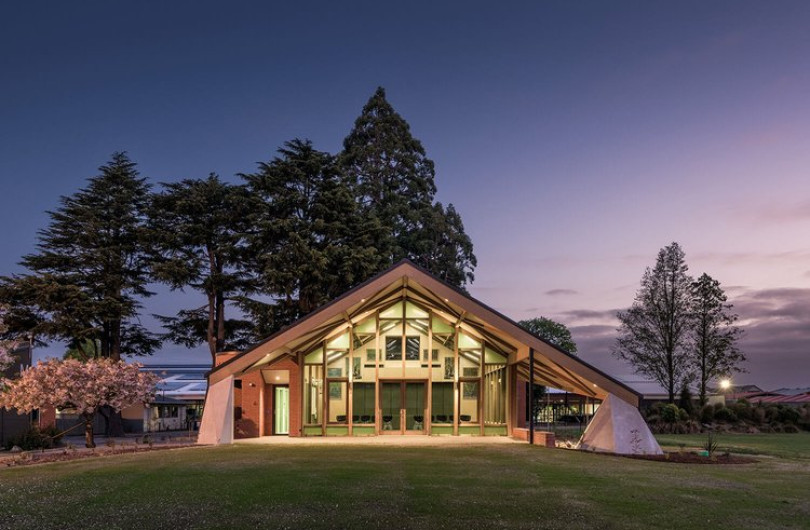

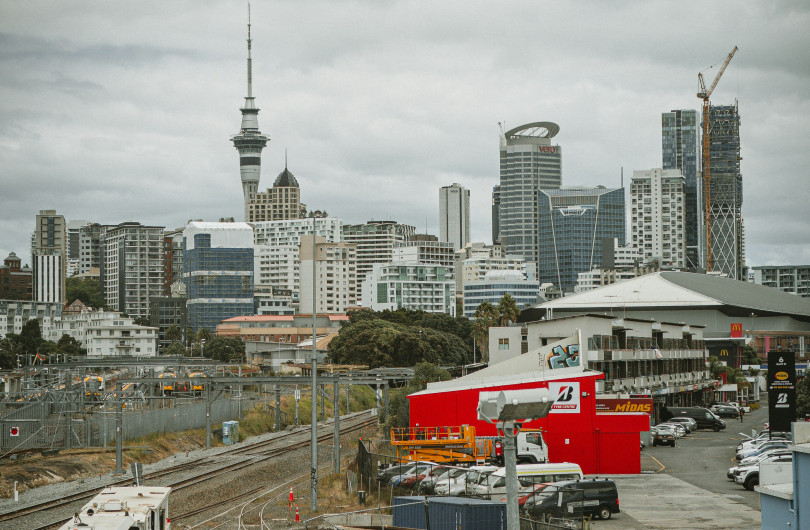

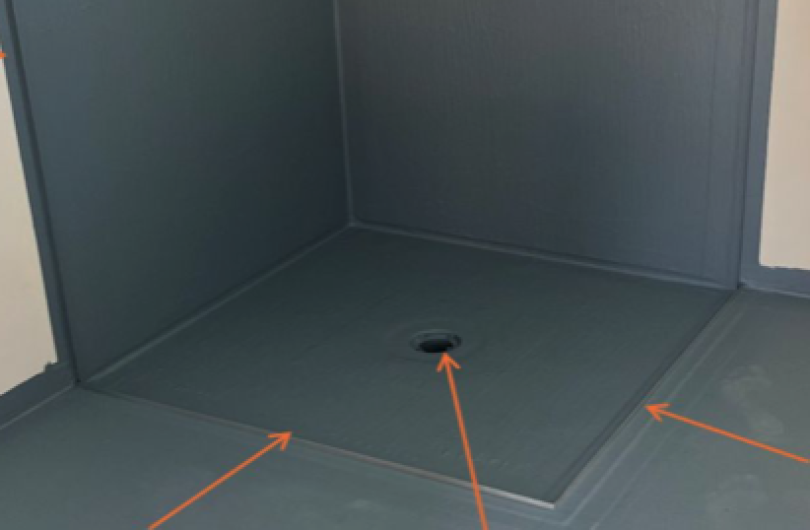










 Most Popular
Most Popular Popular Products
Popular Products



